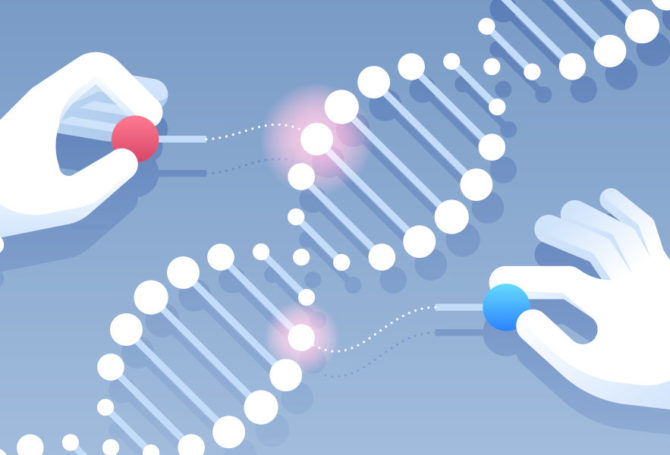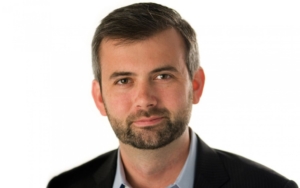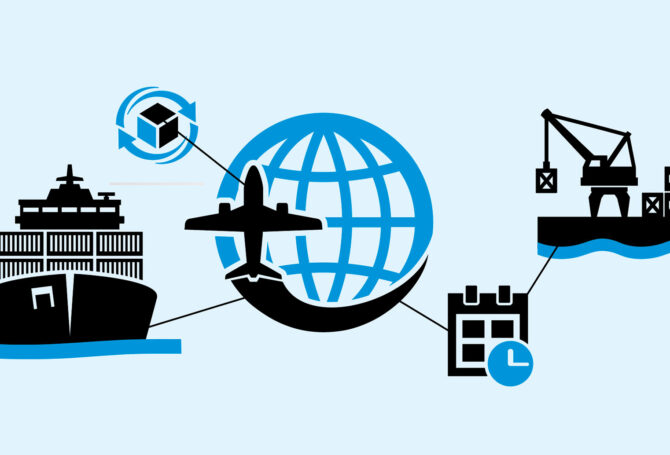
After a year of pandemic-induced doom and gloom, there are optimistic signs of a looming economic boom. The United States and most of the rest of the world haven’t conquered the coronavirus yet, but the struggle may have sown the seeds of economic revival.
“The 21st-century economy has been a two-decade series of punches to the gut,” writes Neil Irwin, senior economics correspondent for The New York Times. “I have a reputation for writing stories that run the gamut from ominous to gloomy to terrifying. But strange as it may seem in this pandemic, I’m starting to get optimistic.”
Irwin lists 17 reasons for cautious optimism that go beyond increasing COVID-19 vaccination and passage of the American Rescue Plan and its stimulus provisions. He cites three mega-trends that may propel an economic boom – a spurt of innovation, a global glut of available labor and pent-up demand for goods and services.

Innovation
Innovation, Irwin says, takes time to turn into economic growth. He compares it with a ketchup bottle. “Shake and shake the ketchup bottle. First none comes out and then a lot does.” As business adaptation of supply chain management and factory production technology spurred economic expansion in the 1990s, Irwin predicts maturation of artificial intelligence will create growth opportunities now.
The pandemic has spawned innovations in medical technology, ranging from telehealth to vaccine development and production. Ground-breaking, disruptive innovations are on the horizon, including battery storage technology and commercial applications of gene-editing tools that can cure debilitating and fatal illnesses such as sickle cell anemia and Huntington’s disease. Irwin speculates there could be a convergence of discoveries that lead to economic breakthroughs and growth.
“Consider driverless cars and trucks,” Irwin writes. “They will rely on longstanding research in artificial intelligence software, sensors and batteries. After years of hype, billions of dollars in investment and millions of miles of test drives, the possibilities are starting to come into view.”
“Molecules are the new microchips. We can recode them pretty simply,” says Walter Isaacson, who has written biographies of Albert Einstein and Steve Jobs and whose latest book, The Code Breaker, features Jennifer Doudna, who shared a Nobel Prize for her work on gene-editing. He predicts CRISPR-based home testing kits will be as common as iPhones that “bring biology into our home and bring us into a whole new era.”
Workforce
During the pandemic, many workers learned how to work remotely and avoid costly, time-consuming business travel. The shift ignited an explosion of videoconferencing tools, which are becoming more sophisticated and likely to alter longer-term work habits, creating new opportunities to serve the remote worker as well as repurposing all that abandoned office space.
Government-ordered lockdowns led to furloughs and business investment in automation. Lockdowns also promoted online business and home delivery services. Amazon alone hired more than 400,000 people from March to November 2020, boosting its total employment to more than 1.2 million. At one point last year, Amazon hired 1,400 people per day.
Statistics indicate more than 2 million women have exited the workforce in the past year. The inclusion of childcare benefits in the American Rescue Plan may make it possible for some of those women to return to the labor market at better jobs with more pay than before the pandemic.
Irwin believes that supply chain gaps exposed during the pandemic – and the threat of future pandemics – may have convinced businesses to abandon offshoring manufacturing. He also notes that Baby Boomers “can’t work forever”, which also will open new avenues of opportunity for successive generations.
Pent-up Demand
Millennials are entering their prime, Irwin says, when they will start families, buy cars and invest in homes. He compares what is ahead with what occurred from 1983 to 2000 when a bubble of Baby Boomers drove the economy.
The Trump era proved the US economy could run hotter without inflaming inflation than previously thought in the Obama administration. That insight is what made President Biden and congressional Democrats determined to approve the $1.9 trillion American Rescue Plan, which Republicans opposed as too large and expansive.
“President Biden and congressional Democrats are determined to learn the lessons of the Obama era,” Irwin says. “Do whatever it takes to get the economy humming and the politics will work itself out.” That view appears to be shared by Federal Reserve Chair Jerome Powell, according to Irwin. “To call something hot, you need to see heat,” Powell says in describing the Fed’s policy of responding to actual inflation, not projections of inflation.




